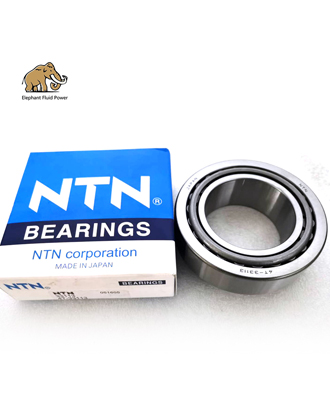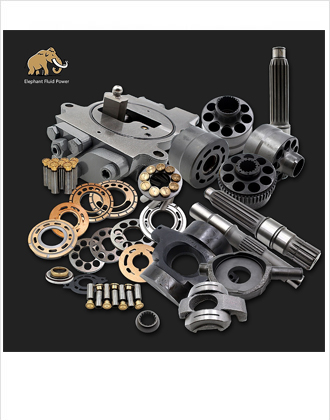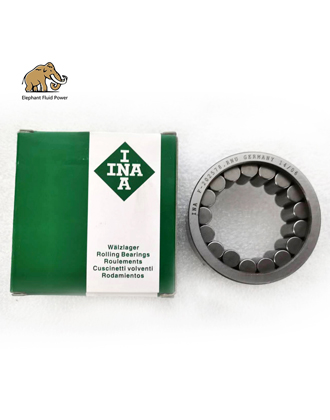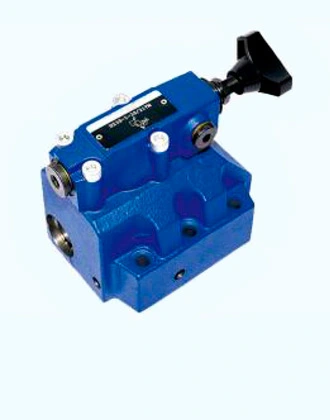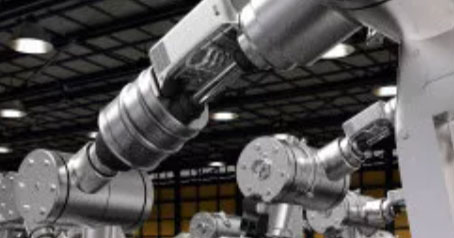Both hydraulic pumps and hydraulic motors are energy conversion elements in hydraulic transmission systems. What exactly is the difference between the two? How to differentiate? Where are they applied? Elephant Fluid Power will give customers a clear explanation.
Similarities between hydraulic motors and hydraulic pumps
1. In principle, the hydraulic motor and hydraulic pump are reversible. If driven by a motor, the output is pressure energy (pressure and flow), which is the hydraulic pump ; if the pressure oil is input, the output is mechanical energy (torque and flow). speed), it becomes a hydraulic motor.
2. Structurally, the two are similar.
3. The hydraulic motor and the hydraulic pump have the same basic structural elements - a closed and cyclically variable volume and a corresponding oil distribution mechanism. The working principle of hydraulic motor and hydraulic pump is to use the change of sealing working volume to absorb and discharge oil.
For hydraulic pumps, oil is sucked when the working volume increases, and high-pressure oil is discharged when the working volume decreases. For hydraulic motors, high-pressure oil enters when the working volume increases, and low-pressure oil is discharged when the working volume decreases.
Elephant Fluid Power provides the above products and and accessories for you.
Differences between hydraulic motors and hydraulic pumps
1. The hydraulic pump is a conversion device that converts the mechanical energy of the motor into hydraulic energy. It outputs flow and pressure, and it is hoped that the volumetric efficiency is high ; the hydraulic motor is a conversion device that converts the pressure energy of the liquid into mechanical energy, and outputs torque and speed. efficient. Therefore, the hydraulic pump is the energy device, and the hydraulic motor is the actuator.
2. The steering of the output shaft of the hydraulic motor must be able to rotate forward and reverse, so its structure is symmetrical; and some hydraulic pumps (such as gear pumps, vane pumps, etc.) have clear regulations on the steering, which can only be rotated in one direction, not at will Change the selection direction.
3. In addition to the oil inlet and outlet, the hydraulic motor has a separate oil leakage port; the hydraulic pump generally only has the oil inlet and outlet (except for the axial piston pump and piston pump spares), and the leakage oil in it is connected with the oil inlet.
4. The volumetric efficiency of hydraulic motors is lower than that of hydraulic pumps .
5. Usually the working speed of the hydraulic pump is relatively high, while the output speed of the hydraulic motor is low.
6. In addition, the oil suction port of the gear pump is large and the oil discharge port is small, while the suction port and the oil discharge port of the gear hydraulic motor are the same size.
7. The gear motor has more teeth than the gear pump.
8. The vane of the vane pump must be installed obliquely, while the vane of the vane motor is installed radially; the vane of the vane motor relies on the swallow-type spring at the root to be pressed against the surface of the stator, while the vane of the vane pump relies on the pressure of the root. Oil and centrifugal force act on the stator surface.
In terms of working principle, both hydraulic motors and hydraulic pumps work by changing the volume of the sealed working chamber. However, due to their different use purposes, there are many differences in structure, and generally they cannot be directly reversed.
 French
French
 Portuguese
Portuguese
 Russian
Russian
 German
German
 Spanish
Spanish
 Japanese
Japanese
 Korean
Korean
 Irish
Irish
 Greek
Greek
 Turkish
Turkish
 Italian
Italian
 Danish
Danish
 Romanian
Romanian
 Indonesian
Indonesian
 Czech
Czech
 Afrikaans
Afrikaans
 Swedish
Swedish
 Polish
Polish
 Basque
Basque
 Catalan
Catalan
 Esperanto
Esperanto
 Hindi
Hindi
 Lao
Lao
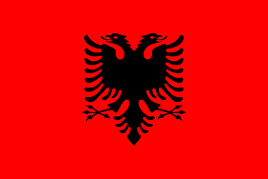 Albanian
Albanian
 Amharic
Amharic
 Armenian
Armenian
 Azerbaijani
Azerbaijani
 Belarusian
Belarusian
 Bengali
Bengali
 Bosnian
Bosnian
 Bulgarian
Bulgarian
 Cebuano
Cebuano
 Chichewa
Chichewa
 Corsican
Corsican
 Croatian
Croatian
 Dutch
Dutch
 Estonian
Estonian
 Filipino
Filipino
 Finnish
Finnish
 Frisian
Frisian
 Galician
Galician
 Georgian
Georgian
 Gujarati
Gujarati
 Haitian
Haitian
 Hausa
Hausa
 Hawaiian
Hawaiian
 Hebrew
Hebrew
 Hmong
Hmong
 Hungarian
Hungarian
 Icelandic
Icelandic
 Igbo
Igbo
 Javanese
Javanese
 Kannada
Kannada
 Kazakh
Kazakh
 Khmer
Khmer
 Kurdish
Kurdish
 Kyrgyz
Kyrgyz
 Latin
Latin
 Latvian
Latvian
 Lithuanian
Lithuanian
 Luxembourg
Luxembourg
 Macedoniar
Macedoniar
 Malagasy
Malagasy
 Malay
Malay
 Malayalam
Malayalam
 Maltese
Maltese
 Maori
Maori
 Marathi
Marathi
 Mongolian
Mongolian
 Burmese
Burmese
 Nepali
Nepali
 Norwegian
Norwegian
 Pashto
Pashto
 Persian
Persian
 Punjabi
Punjabi
 Serbian
Serbian
 Sesotho
Sesotho
 Sinhala
Sinhala
 Slovak
Slovak
 Slovenian
Slovenian
 Somali
Somali
 Samoan
Samoan
 Scots Gaelic
Scots Gaelic
 Shona
Shona
 Sindhi
Sindhi
 Sundanese
Sundanese
 Swahili
Swahili
 Tajik
Tajik
 Tamil
Tamil
 Telugu
Telugu
 Thai
Thai
 Ukrainian
Ukrainian
 Urdu
Urdu
 Uzbek
Uzbek
 Vietnamese
Vietnamese
 Welsh
Welsh
 Xhosa
Xhosa
 Yiddish
Yiddish
 Yoruba
Yoruba
 Zulu
Zulu

